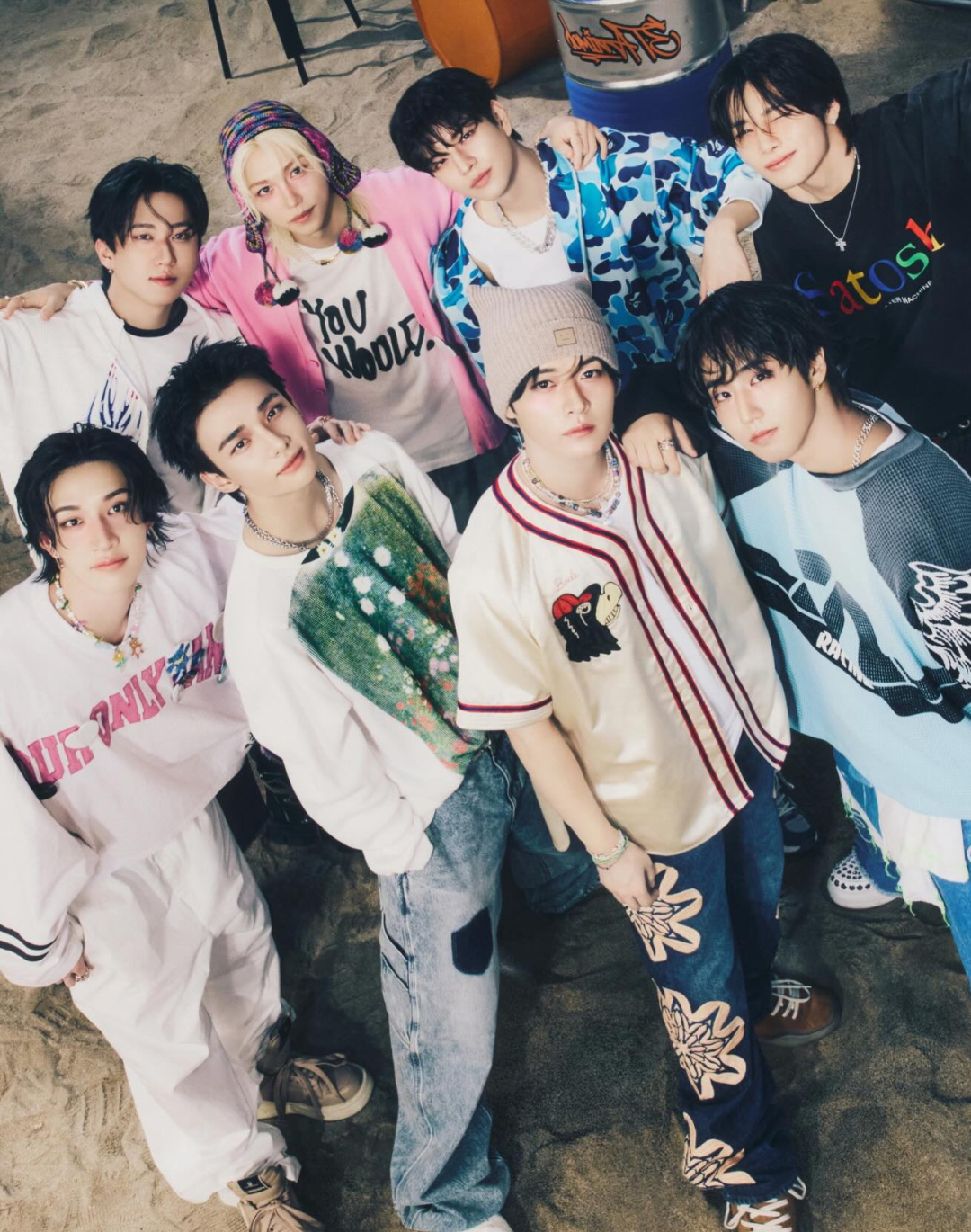
Fashion brands no longer want influencers at shows Less influencers, more celebrities to maximize fan value
In recent years, the issue of fashion show guests has become increasingly important. Towards the beginning of the 2010s, for example, journalists began to complain about being pushed aside by frivolous influencers at shows, marking the beginning of a new normal. Until today, at least. According to a study by Karla Otto and Lefty on the recently concluded SS25 season, brands are changing their invitation criteria, optimizing seating at shows and betting on what the study calls the «peripheral effect of fandom». The report highlighted a 75% decrease in influencers attending shows and a 21% decrease in the number of posts, but despite this, the visibility value they generated (Earned Media Value or EMV) has grown. The result has been a "less but better" strategy, with celebrities and their appearances propagating across social media and media outlets, creating a visibility ripple effect measurable by the increasingly essential EMV metric. This "peripheral effect" particularly involves K-Pop, K-Drama, and Thai-Drama stars capable of generating exceptional media value, thanks to their devoted fans and chronic online activity. An emblematic example is Tommy Hilfiger: the brand based 45% of its posts on stars from these cultural niches, generating a remarkable $54.82 million in EMV, or 97% of the entire show's media value. The presence of these stars creates, as mentioned, a ripple effect that amplifies their impact not only on the brands' official channels but also on street style content, airport photos, and fan-produced content from fans who hunt them down or repost photos and hashtags as if there’s no tomorrow.
A particularly representative case was that of Jennie from Blackpink, present at Chanel's show. Her appearance attracted not only the attention of industry media but also her millions of fans, generating invaluable exposure for the brand. Her three posts generated $3.1 million in EMV, which in turn created a sort of domino effect, with a single street style photo of the singer producing $98,000 in EMV, while a group of another 26 posts by fans gathered outside the Chanel show generated almost $100,000 in EMV. The cumulative effect of media posts alone exceeded $6 million in EMV, which, for Chanel, cumulatively turned into advertising valued at over $10 million. Other significant examples from last fashion month include the presence of Lennon and Anaïs Gallagher, the children of the famous Oasis frontman, at Fashion Week. Nara Smith and her husband, model Lucky Blue Smith, were the season's top content creators. The couple was a constant presence at major shows in the four fashion capitals, generating an impressive total media value of $3.5 million. Gucci is perhaps the brand that benefited the most from this exposure, organizing an interview with the couple on their way to the show. Nara's presence highlighted the trend of brands involving stars who, thanks to a highly engaged audience (her engagement rate is 19.6%), are able to catalyze digital attention while minimizing the number of influencers crowding the show venue.
@gucci Falling in love at #GucciSS25 with #AmeliaDimz #NaraSmith #LuckyBlueSmith #GucciIstante #MFW @naraazizasmith @ameliadimz suono originale - Gucci
Athletes have also taken on a leading role at shows. During the SS25 season, over $7.9 million in EMV was generated thanks to the presence of Olympic athletes such as Matteo Berrettini, Jannik Sinner, Armand Duplantis, and Sunisa Lee. Brands like Off-White and Tommy Hilfiger featured these athletes, who were not just guests but central figures of the show. Ib Kamara of Off-White emphasized the importance of «collaborating with the right people, who share our values and become part of their story». This concept was reinforced by the presence of athletes with compelling personal stories, enriching the brand's narrative and fostering an emotional connection with the audience. Imane Khelif, the Olympic boxer who rose to fame during the summer Olympics, was one of the season’s stars with an engagement rate of 17.71%. Meanwhile, a notable story from the study involved LABRUM London, which partnered with FC Arsenal and Adidas for their show, held at London’s Emirates Stadium, using midfielder Declan Rice as a model, generating $300,000 in EMV for the brand and skyrocketing visibility.
Great experience at the Emirates adidas x Labrum collaboration fashion week. LFW, thank you @LabrumLondon pic.twitter.com/myLqt4Gm8p
— Declan Rice (@DR41fanpage) September 16, 2024
The SS25 season also saw a 43.15% increase in EMV generated by actors, despite a reduction in the overall number of film industry celebrities at events. With a total value of $173.2 million, actors continued to generate value thanks to their established status and strong emotional connection with fans. Celebrities like Diane Kruger and Willem Dafoe leverage their nostalgic appeal to reach a broad and diverse demographic, while emerging young talents such as Thai and Korean drama stars attract a younger audience that’s sensitive to globalized content. But fewer actors doesn't mean less cinema: many brands have leveraged documentaries and cinematic content to further strengthen their connection with the audience. Mugler launched a documentary in conjunction with its show to celebrate the brand’s 50-year legacy, while Victoria Beckham was followed by Netflix cameras for a documentary on her fashion career. Maison Margiela even produced a film based on its collection, demonstrating how fashion shows can become referential content in the entertainment world, opening new storytelling pathways.














































